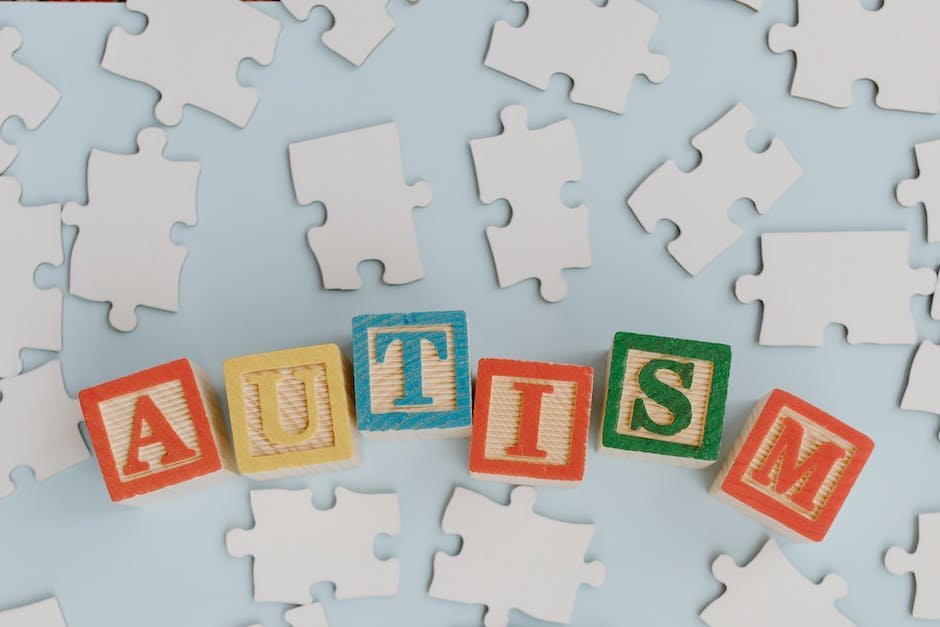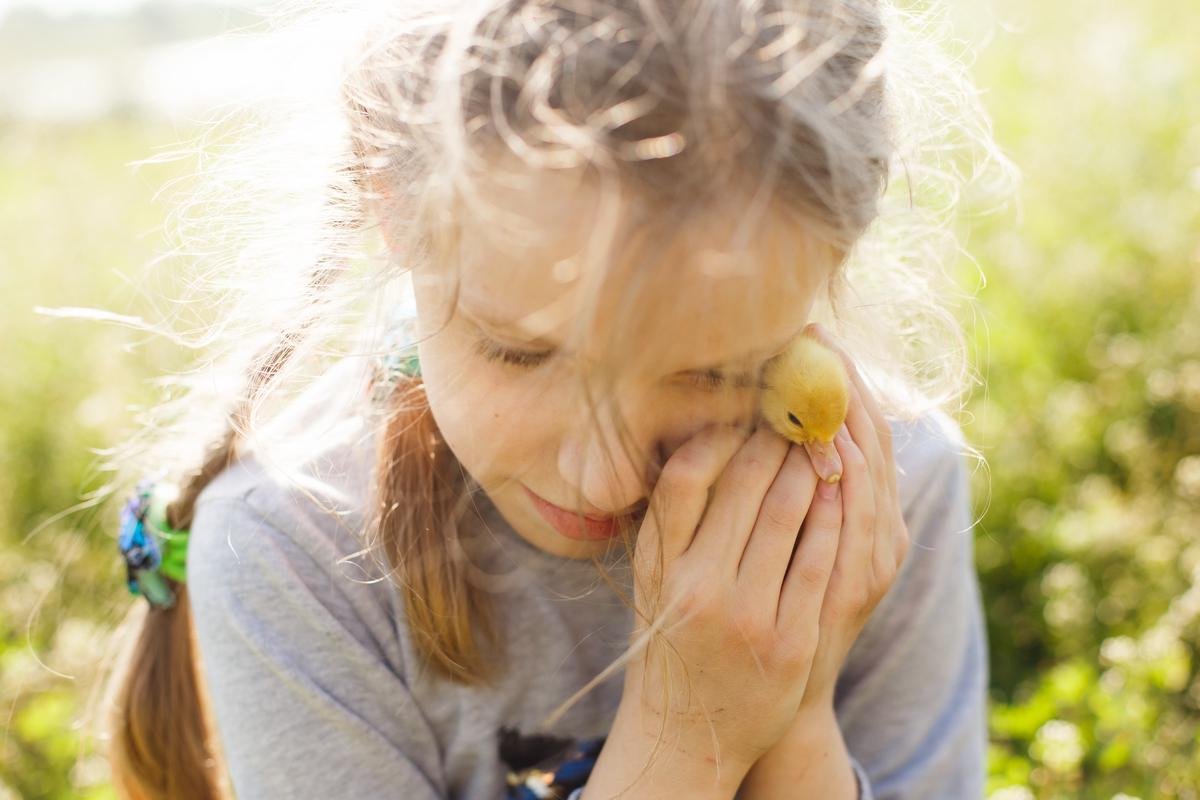
Autism Spectrum Disorder (ASD) is a complex neurodevelopmental disorder that manifests in a broad range of symptoms and severities. The mild end of this spectrum, often called high-functioning or level 1 autism, is the focus of this article. Despite the term “mild,” it is crucial to understand that the challenges and experiences of those with this diagnosis are just as valid and impactful as those of individuals with more severe forms of autism. By exploring the diagnostic criteria, typical characteristics, and strategies for everyday life, we can better empathize with, support, and empower individuals with mild autism and their families.
Defining Mild Autism
Understanding and Navigating the World of ‘Mild Autism’
In the beautiful, diverse fabric of humanity, autism spectrum disorder (ASD) forms an intriguing and important thread. ASD is an umbrella term that covers a wide variety of symptoms, skills, and disability levels, with ‘mild autism’ being an often-discussed sub-category. But what exactly are we referring to when we say ‘mild autism’?
Generally, when people mention ‘mild autism’, they are typically referring to individuals who exhibit few or mild symptoms of autism. Some of these behaviours may include social awkwardness, difficulty reading social cues, or having specific, rigid interests. This term isn’t officially recognized in the medical community but is nevertheless frequently used in common parlance.
Autism, in all its forms, isn’t a one-size-fits-all condition. It manifests differently in each person. One individual might have difficulty with social interactions but no problems with language, while another could have delayed speech development but enjoy highly social settings. This broad spectrum is why understanding what is meant by ‘mild autism’ can be so nuanced.
While ‘mild autism’ is not a medically recognized term, the closest clinical term might be Asperger’s Syndrome. Asperger’s was once considered a separate condition but now falls under the umbrella of ASD. People with Asperger’s typically have normal to high intelligence and adequate language skills but may struggle with social relationships and exhibit repetitive behaviors.
Though the term ‘mild’ might imply that these experiences are more manageable than they would be with more severe autism, remember: the struggles and triumphs of those with ‘mild autism’ or Asperger’s are very real and significant to them. They might face a variety of challenges such as difficulty with social interactions, social isolation, anxiety, or depression. ‘Mild’ should not be mistaken for ‘easy’ or ‘insignificant’.
As parents and caregivers, our role is to understand, empathize, and support our loved ones with ASD, regardless of where they fall on the spectrum. Encourage their unique talents and help them develop strategies to manage challenging social situations.
Remember, every child is unique, every journey distinct. Let’s strive to understand and nurture these delicate differences, transforming them into strengths. When we approach ‘mild autism’ or any other form of ASD with love, openness, and a commitment to understanding, we are not only supporting our loved ones but also strengthening the bonds of our families and our communities.
In the world of ASD, ‘mild autism’ is just one part of a vast, colorful spectrum. It’s a variety of experiences and struggles, victories and achievements. As we navigate this complex, beautiful world, let’s be patient, be gentle, and most importantly, be kind. It may be a long journey, but it’s one laden with lessons in love, resilience, and acceptance.

Common Characteristics of Mild Autism
Children are filled with surprises, possessing a captivating curiosity and unique personalities that both dazzle and sometimes baffle us. This makes parenting a beautiful, albeit challenging journey. Occasionally, however, you may notice your child exhibiting behaviors that seem a tad removed from what you recognize as ‘typical’. It’s paramount to remember that each child develops at their own unique pace and diversity is what makes our world wonderfully rich. Yet, there are observable traits that hint towards what could be ‘mild autism’.
One classic sign could be over or under-sensitivity to sensory stimuli. This includes intense reactions to certain sounds, smells, or textures. Does your child bitterly complain about the tag in their shirt or cover their ears at the seemingly ordinary sound of a vacuum cleaner? This could potentially point towards a sensory processing difference common in Autism Spectrum Disorder (ASD).
Another trait could be sturdiness in routine and an extreme resistance to change. Individuals on the spectrum tend to find immense comfort in predictability. Consequently, any alternation—from a meal swap to a change in school routes—might cause significant distress.
Furthermore, children with ‘mild autism’ could struggle with nuanced social cues and expectations. A significant challenge for them could be understanding and reciprocating appropriate social behavior. This may manifest as an issue with maintaining eye contact, interpreting facial expressions or body language, or difficulty empathizing with others.
It’s also common to observe keen and narrow interests in specific topics, which these children will talk about passionately and at length. Whether it’s a fascination with fans or a fixation on trains, this intense focus is another common indication of ‘mild autism’.
Repetitive behaviors, known as ‘stimming’, can also be a prominent sign. These could take the form of hand flapping, rocking, or repeating certain phrases or words. This is simply a mechanism employed to stimulate or soothe oneself, and it’s important not to discourage such behavior without seeking professional advice.
Lastly, these children may display advanced skills in certain areas relative to their peers such as strong memory, or excelling in pattern recognition. While it’s delightful to see our children shine, stark discrepancies could suggest they’re on the autism spectrum.
While these signs provide a guiding framework, they aren’t concrete diagnostic criteria. Children can exhibit some of these traits without having autism, and conversely, the absence of these traits doesn’t automatically rule out ASD. These observations merely serve as preliminary markers indicating a potential need for professional consultation.
If you suspect your child might have ‘mild autism’, your next advisable step is to reach out to a healthcare or mental health professional. Their guidance will prove invaluable in understanding your child’s unique needs and developmental progression, ultimately leading to early intervention which is key for favorable outcomes. Remember, this isn’t a journey you need to embark on alone; you’ve got a loving, supportive community waiting with open arms to help you navigate the lifelong adventure of parenthood. Even though these signs might seem daunting at first, they are just another piece of the colorful puzzle that makes your child who they are – unique, extraordinary, and loved.

Managing School and Social Life with Mild Autism
The school environment offers its unique set of challenges for a child with mild autism. A key guide for navigating these challenges lies in crafting a supportive framework inside the school system. This framework extends from a child’s Individualized Education Program (IEP) to the simple strategies implemented in everyday classroom activities.
An IEP, for instance, is a powerful tool used to address the educational needs of a child with autism. This legal document outlines a child’s learning needs, the services the school will provide, and how progress will be measured. It’s designed just for your child, considering their unique needs and capabilities. With an IEP in place, modifications can be made to the curriculum to accommodate your child’s specific learning style.
These adaptations can include visual aids, frequent breaks, and quiet spaces for moments of sensory overload. Your child might benefit from additional time on tests, a reduced amount of homework, or instructions delivered in a step-by-step manner. Remember, each child is unique, and it’s essential to work closely with their educators to ensure the best learning environment.
Equally important is fostering a circle of understanding among your child’s peers. After all, social interaction forms a massive part of the overall school experience. Emphasize to your child’s friends that everyone has differences and explain aspects of your child’s behavior that they might find unique. It’s an opportunity to instill empathy and encourage companionship, promoting beneficial interactions for all.
Transitioning to social situations beyond school corridors can be equally challenging. Every child, however mild their autistic traits may be, needs some level of strategy to navigate this landscape. The unpredictable nature of social events like birthday parties or sporting activities can appear daunting. Here, honing your child’s social skills would be a worthwhile investment.
Social skills training can be helpful. This could include therapeutic techniques like role-play, social stories, and video modeling, teaching kids how to handle various scenarios. By practicing these skills in safe environments, they can gradually apply them in day-to-day interactions.
Teaching children with mild autism about basic emotions and how to recognize them in others can be incredibly beneficial. You could use photos, books, or shows to explain these emotions and discuss appropriate responses.
Taking context into account, you may want to plan social situations carefully. For instance, at a party, you could provide a quiet room for your child to retreat to if they become overwhelmed. Or at a playground, encourage structured play that your child can feel comfortable participating in.
In conclusion, navigating school and social interactions for a child with mild autism rests heavily on understanding their unique needs and shaping their environment accordingly. That may involve adjusting classroom strategies, implementing an effective IEP, utilizing social skill training sessions, or empathetically educating their peers. With a consistent and loving approach, your child can indeed make the journey with ease. Always remember, there is no magic formula. It’s all about reading your child’s cues, learning and growing together in the journey.

Photo by kevindelvecchio on Unsplash
Family Life and Mild Autism
Stepping into a world where individual differences become family strengths
The impact of mild autism on a family is undeniably profound, and can often lead to significant shifts in family dynamics and routines. But even amidst the challenges, families tend to find ways to adapt, moving towards a greater understanding of the meaning and value of differences. There is indeed truth in the saying, “Families don’t suffer because of autism; they grow. They don’t battle autism; they ride the waves and find the strength to do what others think can’t be done.”
With a diagnosis of mild autism, families may frequently notice an emphasis on routine at home. Whether it is a specific breakfast cereal, precise bedtime routine, or the order in which they put on clothing, disruption of these routines can often lead to distress. Parents may have to adjust their own habits and daily rituals to accommodate and reduce potential stressors for their child. This sense of routine becomes the comforting clockwork that provides a safety net for the child.
Communication is another aspect that families usually adjust. Since children with mild autism often struggle with non-verbal cues, maintaining eye contact, or understanding sarcasm and abstract concepts, the style of family communication may drastically change. Communication becomes more explicit, concrete, and patient as everyone in the household work together to help convey thoughts, feelings, and queries comprehensively and lovingly.
Families adapt by understanding their child’s unique passions. Children with mild autism often showcase intense interests in particular topics or activities. By engaging with these interests, families can build bonds of connection and trust. These moments of shared fascination provide opportunities for learning, connection, and growth.
The journey with mild autism, while challenging, opens opportunities for a family to learn, grow, and become stronger together. It pushes families to reach out to communities, share experiences, seek advice, and find comfort in the fact that they are not alone in this journey. Importively, families learn to celebrate every small victory, and understand that progress, no matter how small, is still progress.
Similarly, schools and teachers have to adapt to this too. At school, children with mild autism may receive an Individualized Education Program (IEP) to cater to their unique learning needs. This can include the modification of curriculum, introduction of visual aids, or reduction in homework to accommodate the child’s cognitive style. Teachers may also incorporate more breaks, quiet spaces for sensory overload, or provide additional time during tests.
Therapeutic techniques and social skills training are also commonplace as part of the school curriculum. These can include teaching children basic emotions, appropriate responses, and providing support in planned social situations.
Understanding and adapting to the unique needs of children with mild autism in the school and social environments extends beyond just the education framework; it includes fostering understanding among peers and teachers. These efforts contribute to creating an inclusive society that values differences and uniqueness.
In all, adapting to life with a child with mild autism paves the way for acceptance and appreciation of individual quirks and diversity. It is a journey filled with learning moments, shared joys, and an exploration of the beauty in being different. It is a testament to the unwavering love and resilience that a family can offer, and a reminder that every child is unique in their own extraordinary way. Indeed, bonding with children with mild autism offers a deeper insight into the wonders of life through a different perspective- a view that reminds us of the boundless potential each person holds within. Beautiful, isn’t it?

Resources and Support for Mild Autism
Navigating the world with ‘mild autism’ may present unique challenges, but they can be successfully managed with the right resources and support systems.
For families seeking specific tools and strategies, there’s a wide array of online resources offering support. Websites like Autism Speaks and National Autism Association provide extensive information, strategies, and curated resources to help families cope with and manage ‘mild autism’. In the wide sea of information, you’ll find resources from developing communication skills, managing social interactions, to advocating for ‘mild autism’ in schools and the greater community.
It’s essential as parents and caregivers to consider community-based resources, like support groups and local non-profits dedicated to autism advocacy. Encouragement, advice, and listening ears from people who’ve walked a similar path can often be the lifeline a struggling parent needs. You can often find these support networks through social media or by doing a quick online search for autism support groups in your local community.
Local and online therapy centers can also provide invaluable support in managing ‘mild autism’. Therapists with specialized autism training can guide not only the child but the entire family towards a better understanding and successful strategies for growth. Programs may include speech therapy, occupational therapy, and cognitive behavioral therapy, which can help with social skills, managing sensory overload, and emotional regulation.
Educational professionals can also provide critical support in managing ‘mild autism’. Special Education teachers, school psychologists, and guidance counselors can assist in developing and implementing IEPs. These IEPs are designed to meet the unique needs of the student, providing modifications to the curriculum, additional time on tests, visual aids, breaks for sensory overload, reduced homework, and more.
For further reading and support, there’s a great selection of books like “Thinking in Pictures” by Temple Grandin and “The Complete Guide to Asperger’s Syndrome” by Tony Attwood that delve into practical strategies and personal insights. Online platforms like Coursera and edX also offer comprehensive courses on ASD.
Encouraging understanding and empathy among peers, especially in schools, is also a vital part of supporting kids with ‘mild autism’. Initiatives and awareness campaigns can foster a more inclusive and accepting environment.
Lastly, remember to lean on your family, friends, and supportive communities. It takes a village to raise a child, they say, and that’s especially true when the child has ‘mild autism’. The journey can be complex and at times challenging, but love, patience, and support can navigate the tides. Together, we can celebrate the unique perspectives and talents that our children with ‘mild autism’ bring to the colorful spectrum of life.

Photo by yulia_dubyna on Unsplash
Being a part of the autism community, whether as an individual with the diagnosis or as a parent, caregiver, teacher, or friend, presents challenges, but it also opens doors to unique perspectives and strengths. By understanding the common characteristics of mild autism and strategies for managing school, social life, and family dynamics, we can create an environment that celebrates these unique qualities and supports the development of individuals with mild autism. Knowledge is power, and we hope this article has empowered you by providing a comprehensive overview of mild autism and the resources available for support.





